
ISLANDS OF WONDER
Journey to three of the most exotic, mysterious and remote islands on the planet: Madagascar, Borneo and Hawaii.

Panther chameleon
(Courtesy of Edwin Giesbers)

A family of ring-tailed lemurs, Lemur catta. Like all lemurs they are endemic to the island of Madagascar. Known locally in Malagasy as maky (spelled maki in French), they inhabit the unique spiny forests of the southern regions of the island.
(Courtesy of Bernard Castelein)
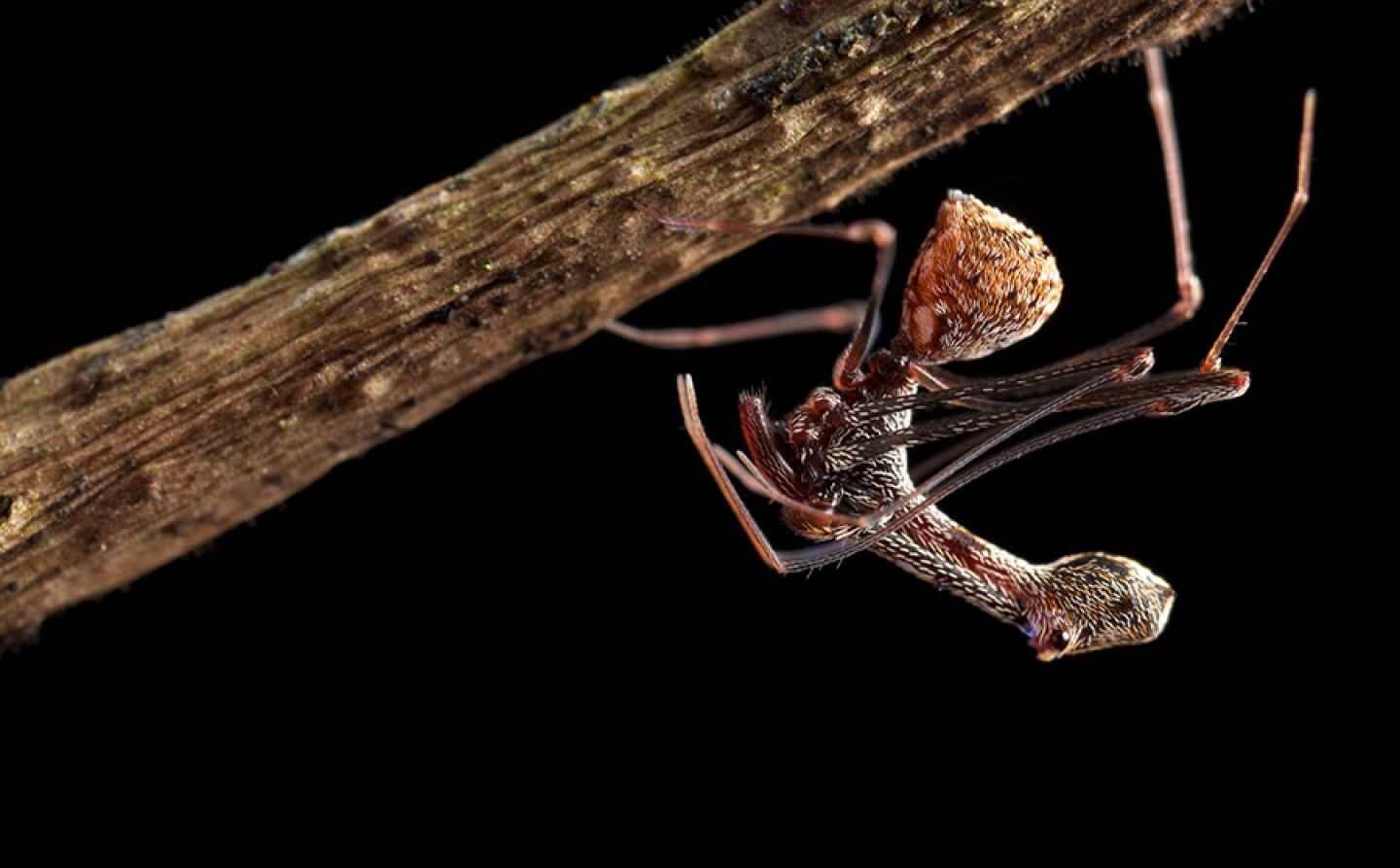
The Pelican Spider (E. workmani) is a living fossil. Existing in the sanctuary of M adagascar’s forests since the age of the dinosaurs, these ancient creatures are spider killers! No longer than a grain of rice, these minuscule predators hide under leaves waiting to ambush prey and, in behaviour very rarely seen, they “pluck” the edges of spiders’ webs, luring them out to their death.
(Courtesy of Paul Bertner)
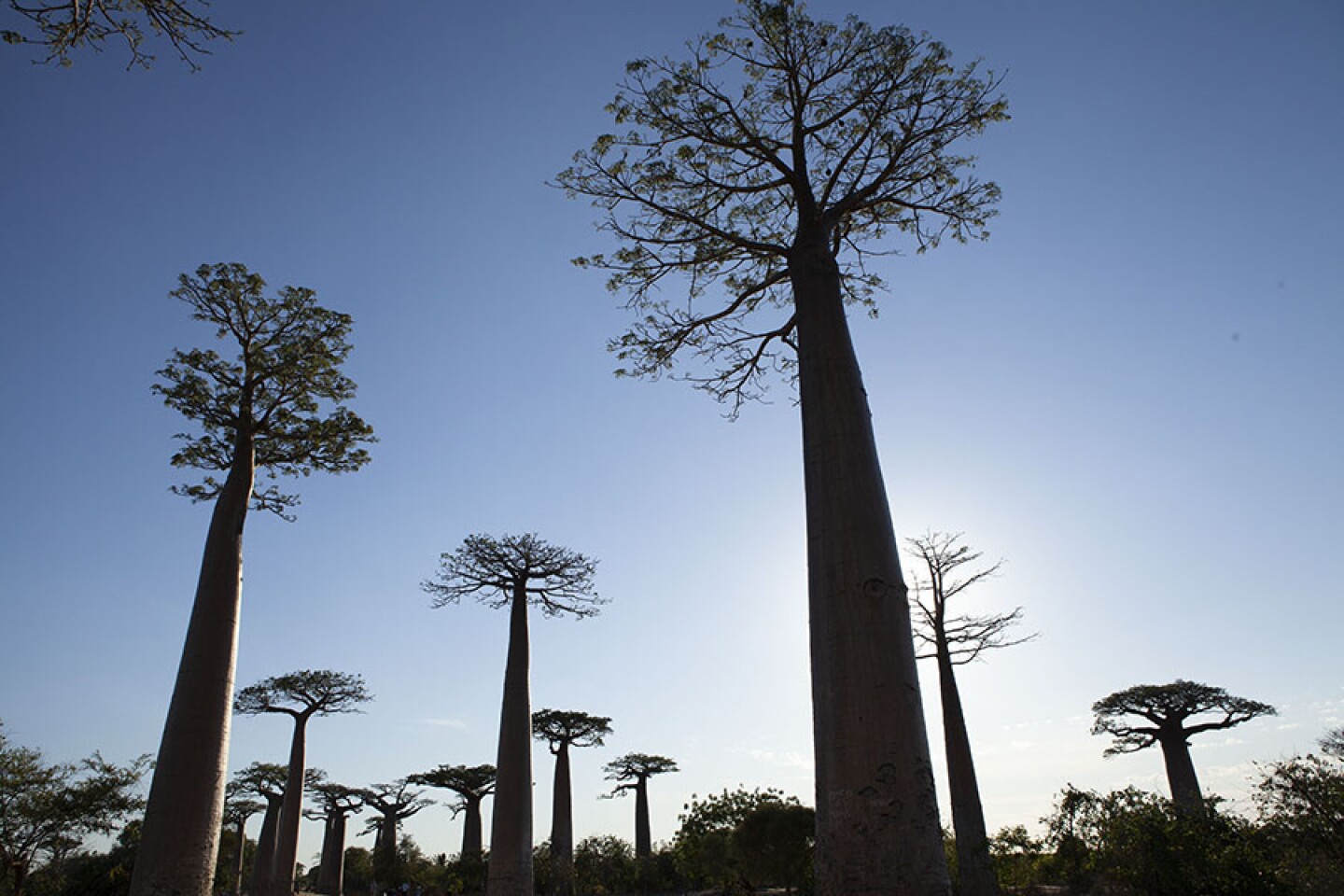
Grandidiers Baobab, Adansonia grandidieri, the biggest and most famous of Madagascars 6 species of baobab. Endemic to Madagascar it is known there as ‘the mother of the forest’.
(Courtesy of Justin Maguire)
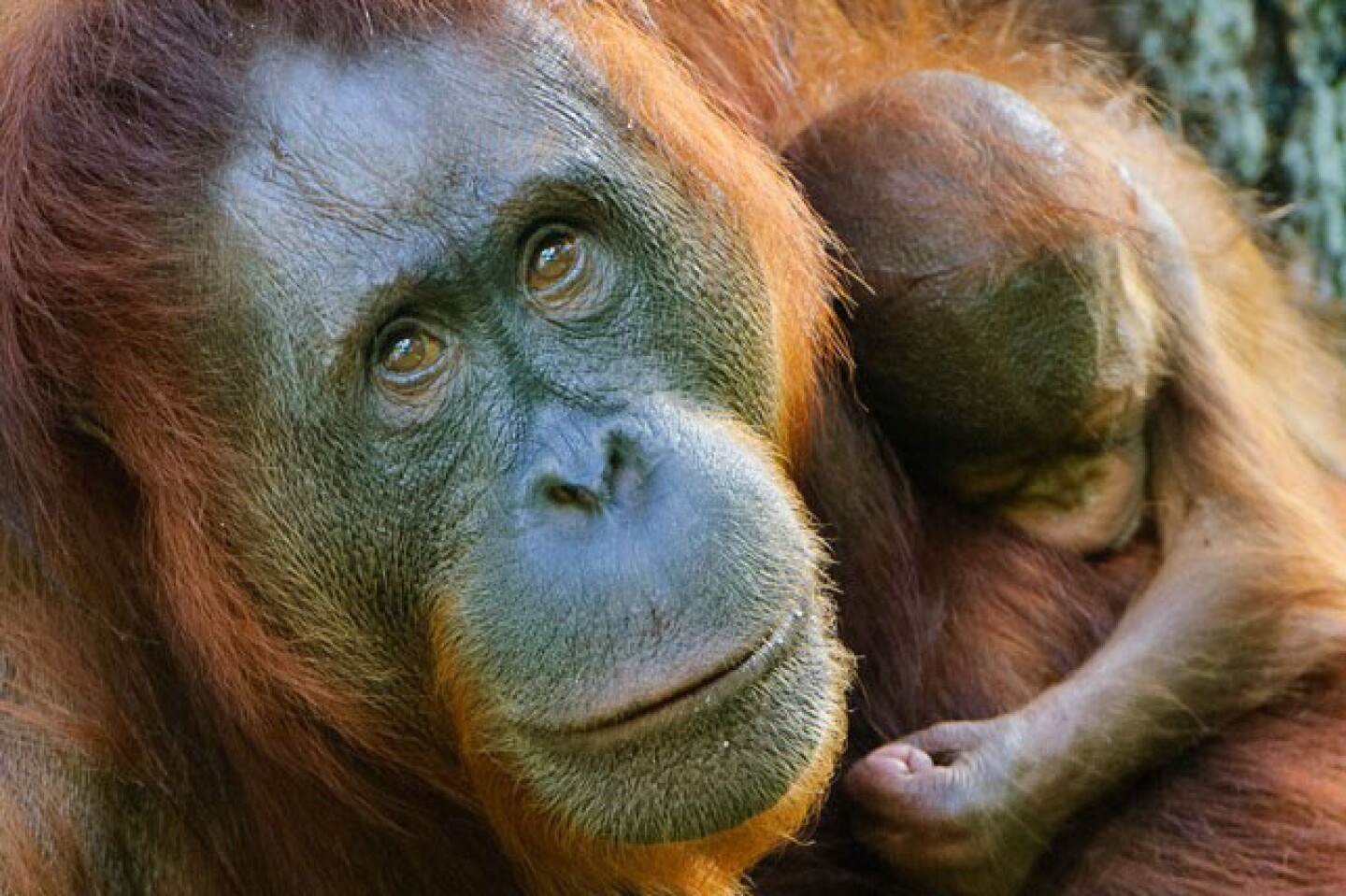
The Bornean orang-utan, Pongo pygmaeus, is a sub-species of orang-utan found only on the island of Borneo. Scientists have recently discovered that some mothers use specific leaves in the forest to create a medicinal paste that may ease their aches and pains. But the future of these remarkable animals, is gravely under threat. Over half of Borneo’s rainforests have been lost – much of the land cleared for crops such as Palm oil. In less than twenty years, half of Borneo’s orang-utans are thought to have disappeared – 100 killed every week. Some scientist believe they may all be gone within the next ten years.
(Courtesy of Chien C. Lee)

“Horned Flying Lizard (Draco cornutus) gliding, Danum Valley Field Center, Sabah, Borneo, Malaysia.”
(Courtesy of Chien C. Lee)

Borneo is one of the most biodiverse islands on the planet. A single hectare can hold more species of tree than the whole of Europe.
(Courtesy of Chien C. Lee)
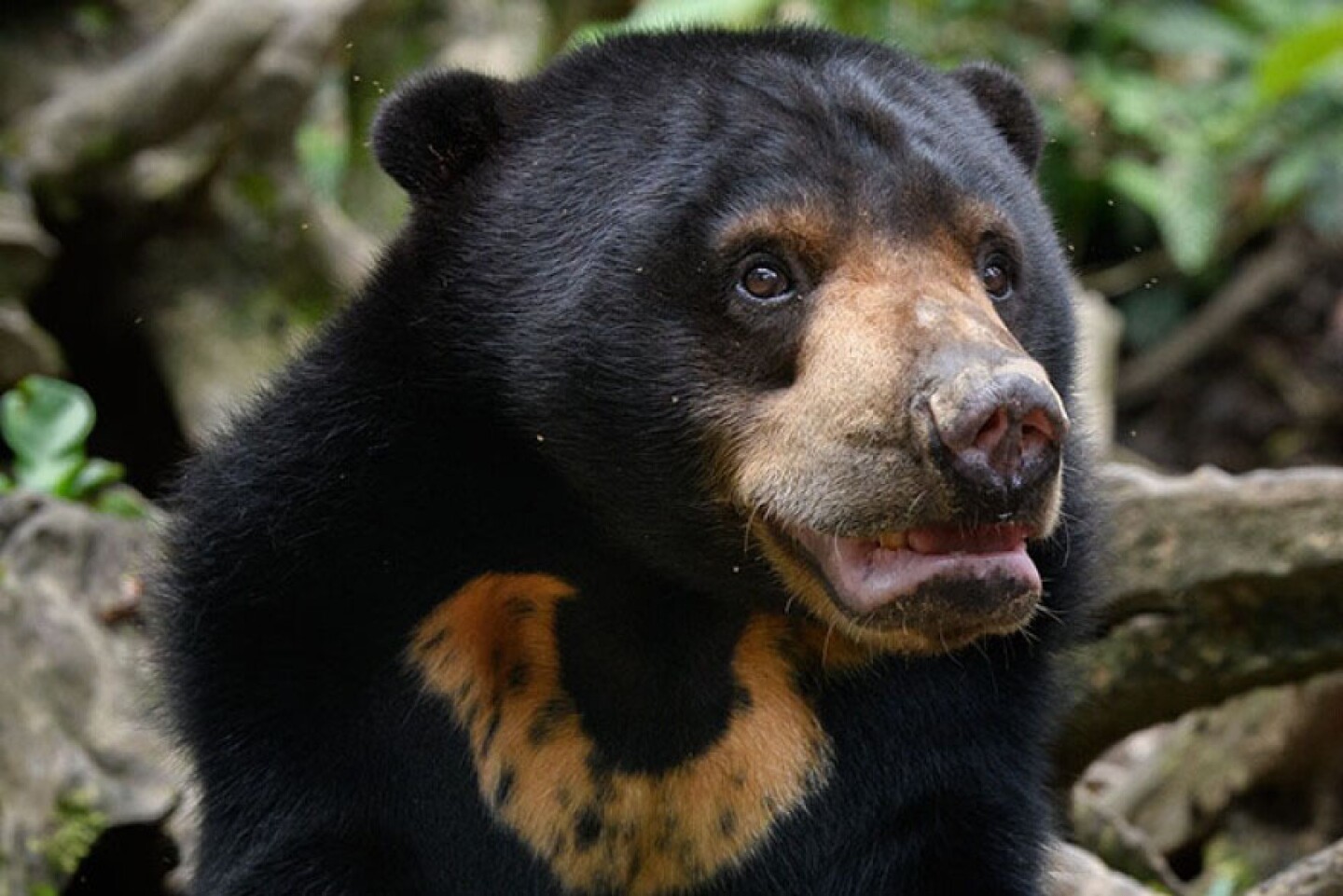
The Bornean sun bear, Helarctos malayanus, is the smallest bear in the world and found only on the island of Borneo. Being so small makes it a fantastic climber, able to climb higher than any other bear. Commercial hunting, the pet trade and the loss of their forest home have had a severe impact and their population. Numbers are thought to have declined by more than 30 percent meaning they now face a high risk of extinction in the wild.
(Courtesy of Chien C. Lee)
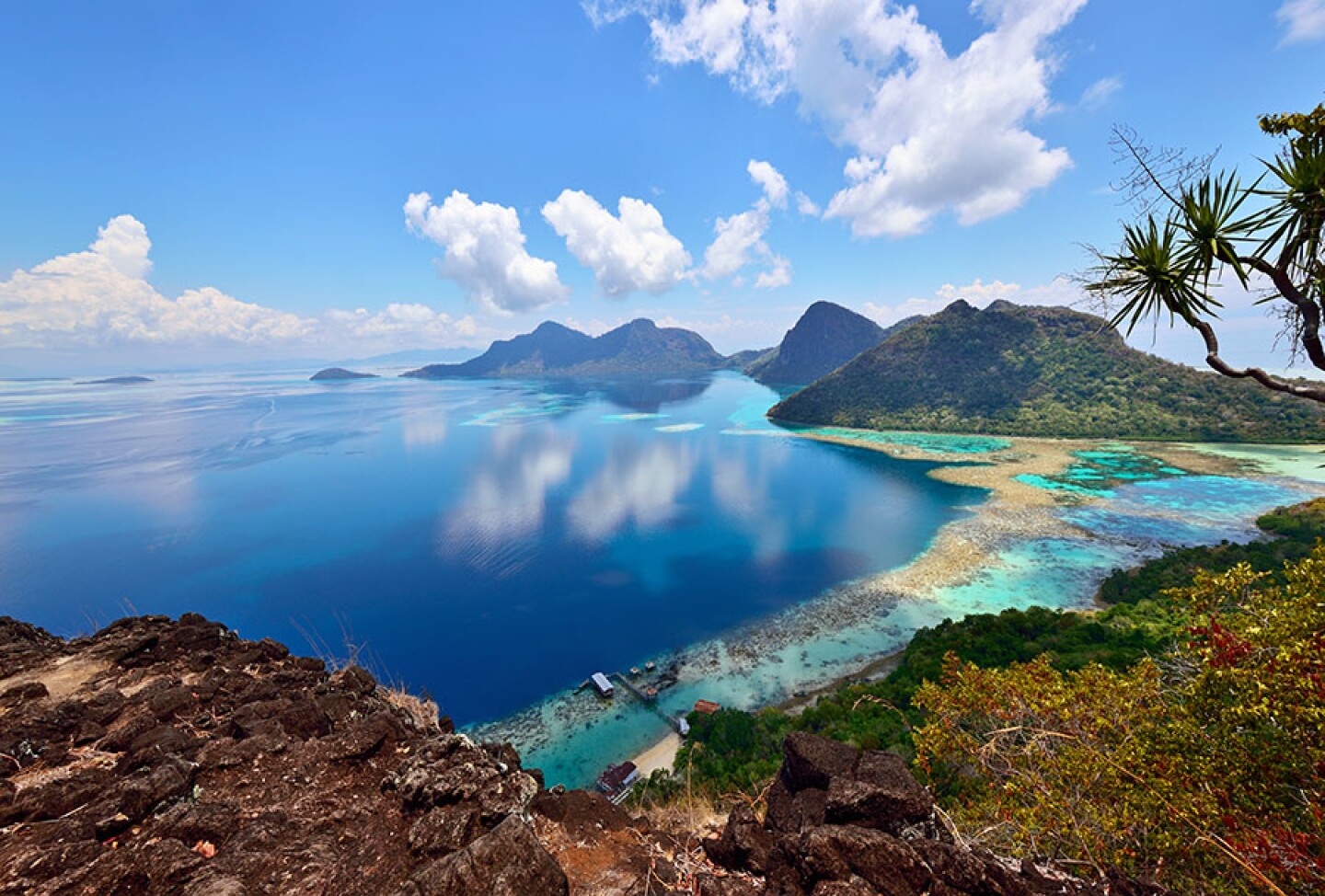
Boheydulang Island, just off the North East coast of Borneo. Borneo was once connected to mainland Asia, but at the end of the last ice age sea levels rose cutting the island off. Today it is the world’s third largest island – surrounded by shallow coral-rich seas.
(Courtesy of Nokuro/Shutterstock)
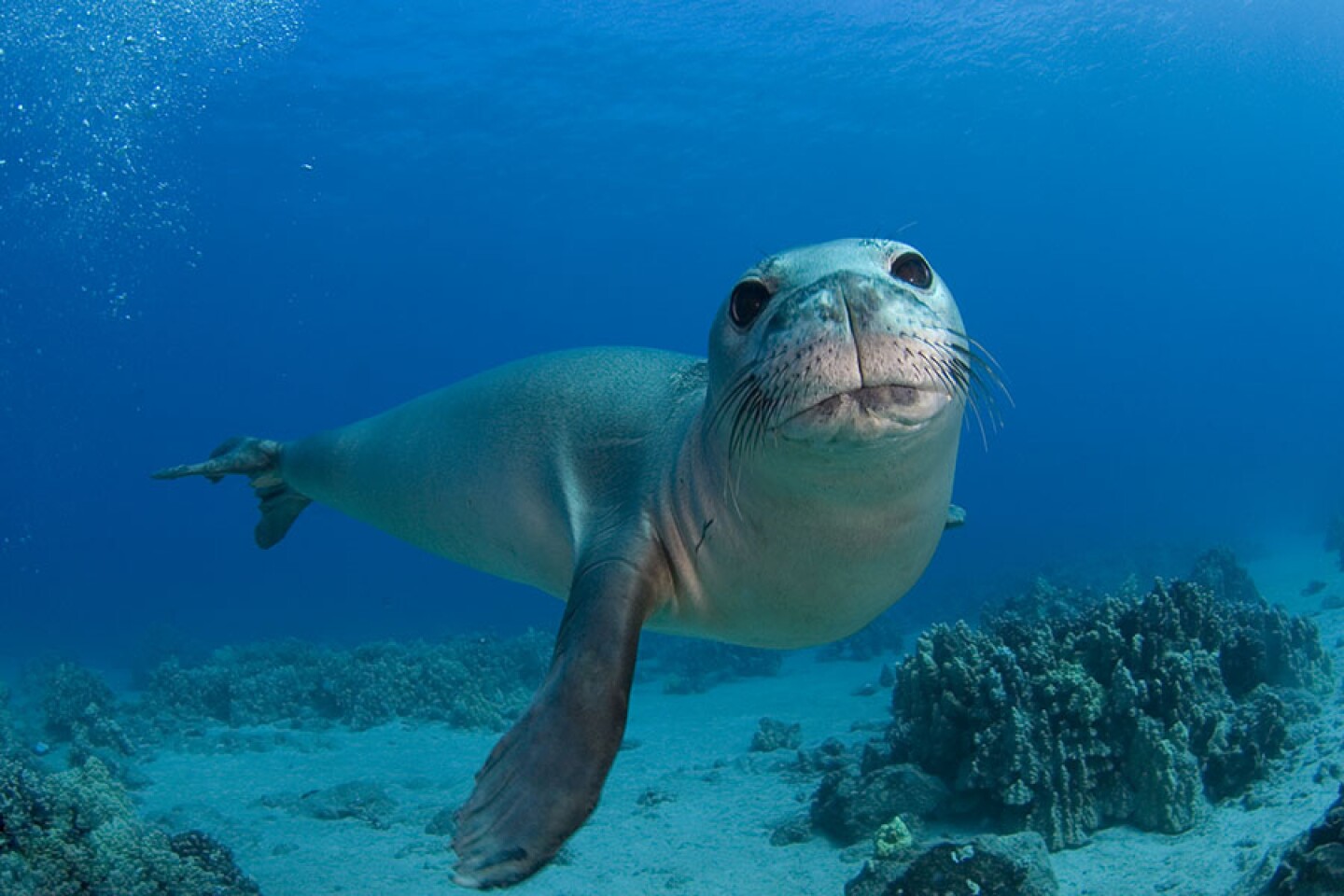
The Hawaiian Monk Seal, Monachus schauinslandi, one of the rarest marine mammals in the world with less than 1500 seals scattered throughout the entire archipelago. Numbers have begun to recover since the creation of one of the biggest protected marine areas in world encompassing the northern Hawaiian islands – their main territory.
(Courtesy of Doug Perrine)
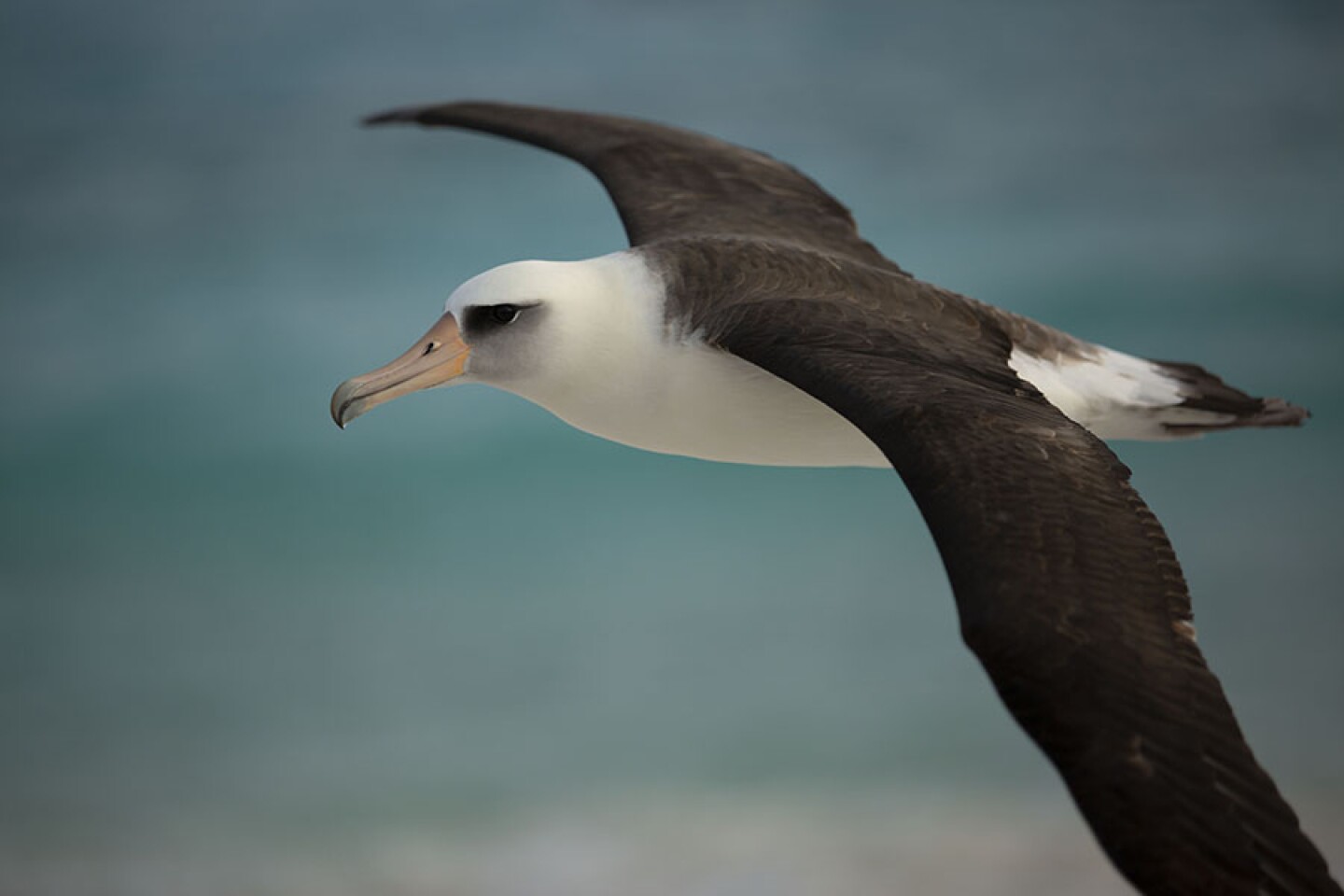
A Laysan Albatross, Phoebastria immutabilis in flight over Midway Atoll, one of the most northern islands in the Hawaiian archipelago. They have a wingspan of more than 6 feet and can remain several years at sea without returning to land. Midway lies within the Papahānaumokuākea Marine National Monument which supports 99% of the world's breeding population of Laysan albatross. One of the oldest known birds in the wild, affectionately known as Wisdom, breeds on Midway. At the age of 68 she continues to nest and rear chicks.
(Courtesy of Evie Wright/BBC Studios)

Aerial view of the spectacular Na Pali Coast in Kauai, Hawaii.
(Courtesy of Getty Images)

Each of Hawaii’s islands began as volcanic eruptions which solidified over millions of years into vast masses of new land. Over time many became surrounded by rich shallow reefs and across the archipelago over 25% of the reef fish found are endemic.
(Courtesy of Joe West/Shutterstock)
1/13
